How to Use Plants to Control Aphids
Almost every serious gardener has heard about aphids, those little “sap sucking” insects that can easily destroy an entire garden. They breed at a fast pace and can get into several different types of plants, which may cause damage and possibly spread plant diseases.
However, you’re in luck; it is possible to control aphid populations in a natural manner using the same plants. This method is eco-friendly and also makes the garden’s ecosystem healthy and well-balanced. Here is an extensive guide for gardeners on how to effectively use plants to control aphids.
Understanding aphids and their effects on plants
When discussing plant-based aphid control, it is important to first know your enemy. Aphids are small, soft-bodied insects that suck plant sap. Aphids range in color from green, black, red, yellow, or white, depending on the species.
They are usually found in clusters under leaves, stems, or flower buds. When they feed on leaves, they wilt or curl, while their honeydew excretions encourage the growth of sooty molds.
The role of beneficial plants
There are specific types of plants that repel naturally as well as attract predators feeding on aphids. By planting these beneficial species strategically, you will create an environment where aphid populations can be checked naturally.
Several plants have strong odors or chemicals that put off aphids. By using these plants in your garden, aphids are kept away from your more delicate plants.
●Garlic (Allium sativum): Garlic is well known for its pungent smell that chases away aphids. You can introduce garlic into your vegetable patches to act as a living barricade.
●Chives (Allium schoenoprasum): In terms of effect, chives are close to garlic and can be grown near plants that attract aphids.
●Marigolds (Tagetes spp.): Marigolds give off a smell that discourages many pests, such as aphids. Plant them around vegetable gardens to enhance safety.
●Catnip (Nepeta cataria): This herb wards off aphids and also draws beneficial insects, which kill them on sight.
●Mint (Mentha spp.): Aphids are repelled by the strong smell of mint, though you should be careful about its spreading habit. The best way to control it is to grow it in pots so that it cannot spread uncontrollably.

Trap crops
These are plants that lure aphids away from the main garden crops. After an infestation in a trap crop, one can then treat or remove those plants to minimize the number of aphids.
●Nasturtiums (Tropaeolum majus): Aphids are highly attracted to nasturtiums. They can be planted around or near other plants in your garden so as to divert the attention of aphids.
●Radishes: Radishes attract aphids, making them useful as trap crops. To guard your vegetables against aphids, you should interplant them with radishes.
Plants that attract beneficial insects
Promoting natural enemies of aphids is one of the best-known biological control methods. By planting a species that attracts these beneficial insects, you can help maintain a healthy balance in your garden.
●Dill (Anethum graveolens) and Fennel (Foeniculum vulgare): These herbs draw ladybugs, lacewings, and parasitic wasps that feed on aphids naturally.
●Yarrow (Achillea millefolium): The flowers of yarrow attract ladybugs and hoverflies, which prey on aphids.
●Alyssum (Lobularia maritima): Inter-plant Alyssum for attracting hoverflies whose larvae consume large populations of these harmful pests.
●Cosmos (Cosmos bipinnatus): By being pollinated by lace wings and parasitic wasps, cosmos flowers are able to act as natural enemies for the control of the aphid population in your farm or garden.

Integrating useful flora into your garden
To effectively use plants to control aphids, they need to be thoughtfully integrated into your existing garden design. Here are some simple tips on how to do that.
●Interplanting
Mix repellant plants, trap crops, and beneficial insect attractors with your main crops. This will ensure that your garden benefits from the protective and supportive functions of these plants.
●Succession planting
Throughout the growing session, rotate trap crops such as radishes and nasturtiums so as to be able to manage aphid populations consistently. In this way, their numbers do not increase for a particular crop.
●Companion planting
Use companion planting principles, where you match aphid-prone plants with those that repel aphids or attract beneficial insects. For instance, when chives are planted near roses, it can help protect them against aphid infestations.
●Creating habitat diversity
A garden that contains different types of plants will attract a wide range of helpful insects. Add flowering herbs, wildflowers, and indigenous plants to provide homes and food for the natural enemies of aphids.

Practical measures for controlling aphids
In addition to incorporating beneficial plants, it is important to survey your garden regularly for potential changes.
Keep checking your plants as often as possible, especially the underside of the leaves. Check to see if there is any new growth or any signs of aphids. Early detection allows you to act quickly.
When you observe a few aphid pests on some crops, you can manually eliminate them. Knock them off with a strong stream of water or squeeze them by hand.
You can also use neem oil or insecticidal soap when dealing with heavy infestation cases. These methods are eco-friendly and less damaging to humans if properly used.
Some bird species feed on aphids. Therefore, attracting birds to your farm by placing bird feeders, baths, or nesting boxes is a good idea.
Healthy plants are more resistant to aphids and other pests. Ensure your plants receive proper water, nutrients, and care to keep them robust and less susceptible to infestations.
Overall, the use of plants to manage aphids is a successful, sustainable, and eco-friendly method of pest control.
If you strategically interplant repellent plants trap crops and beneficial insect attractants in your garden, you can establish a self-regulating ecology that naturally controls aphid numbers.
Additionally, with regular checking and other organic approaches, this will improve your efforts for an efficient garden full of life.
Always remember that success is dependent on the diversity of each plant as well as the design of the entire garden area, which contributes to the overall strength and health of the garden.
OTHER NEWS
-
- Get Your Garden Groove On_ Essential Tools for Plant Parenthood
- By Molly Joshi 22 May,2024

-
- Succulent Sensations: Unveiling the Beauty and Resilience of Desert Plants
- By Molly Joshi 22 May,2024
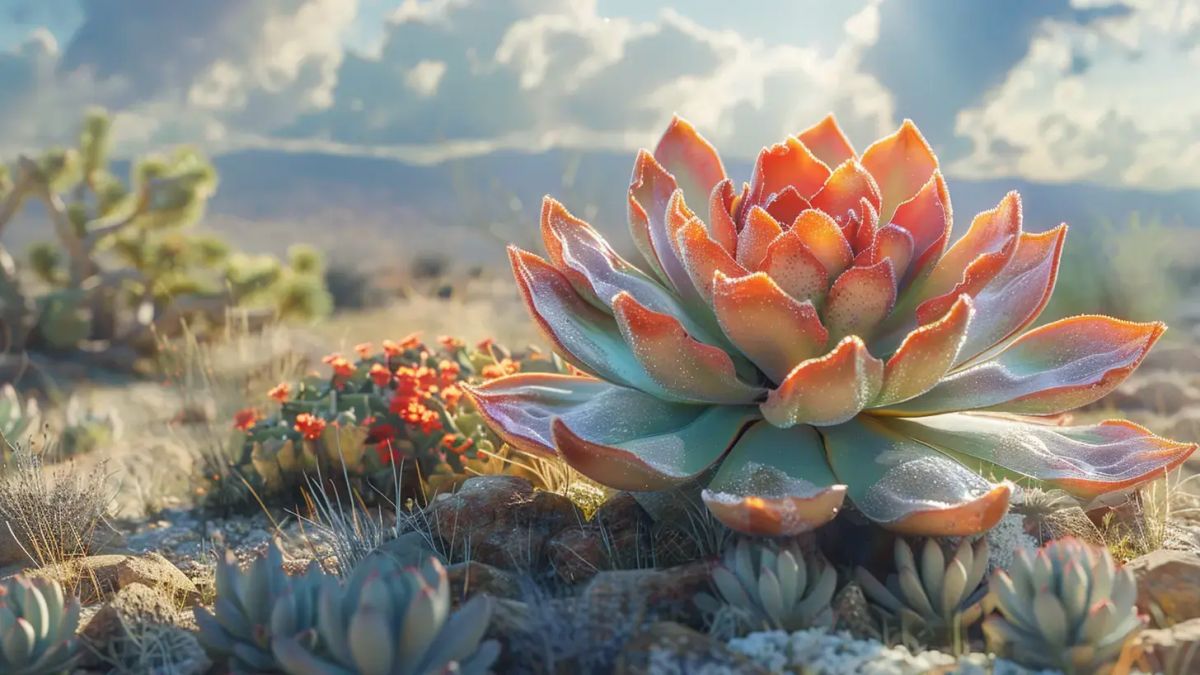
-
- Gardening Tips for Spring: Cultivating a Flourishing Garden
- By Molly Joshi 23 May,2024
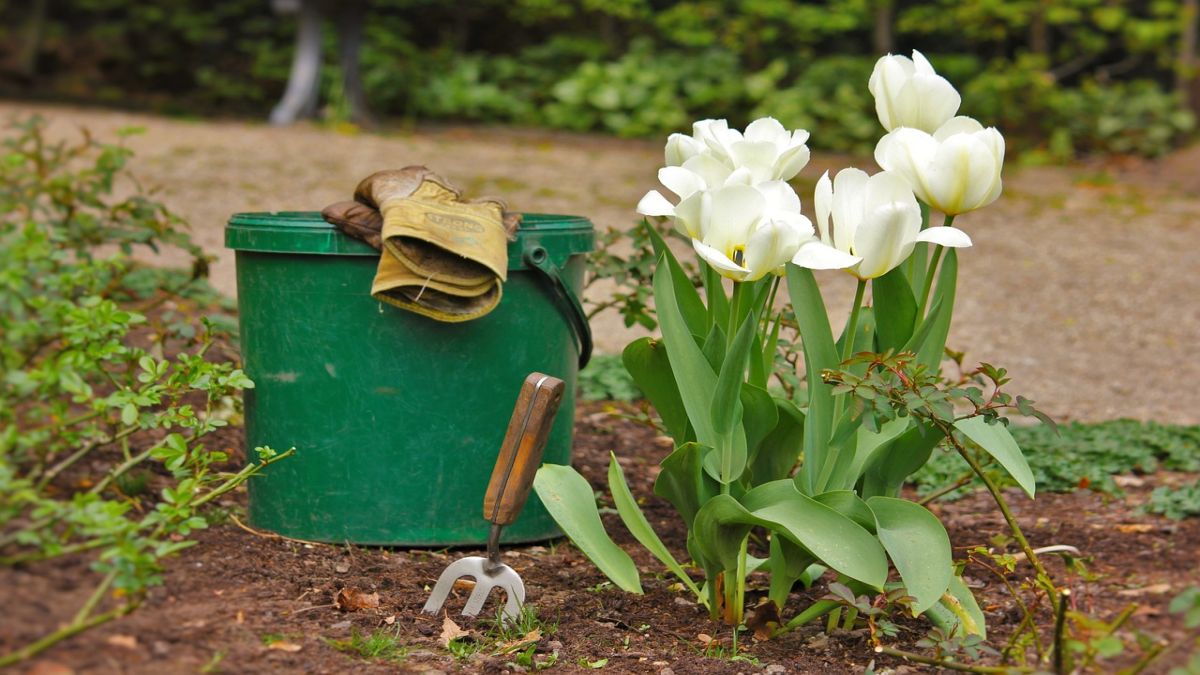
-
- Effortless Summer Gardening Hacks for a Lush Landscape
- By Molly Joshi 23 May,2024
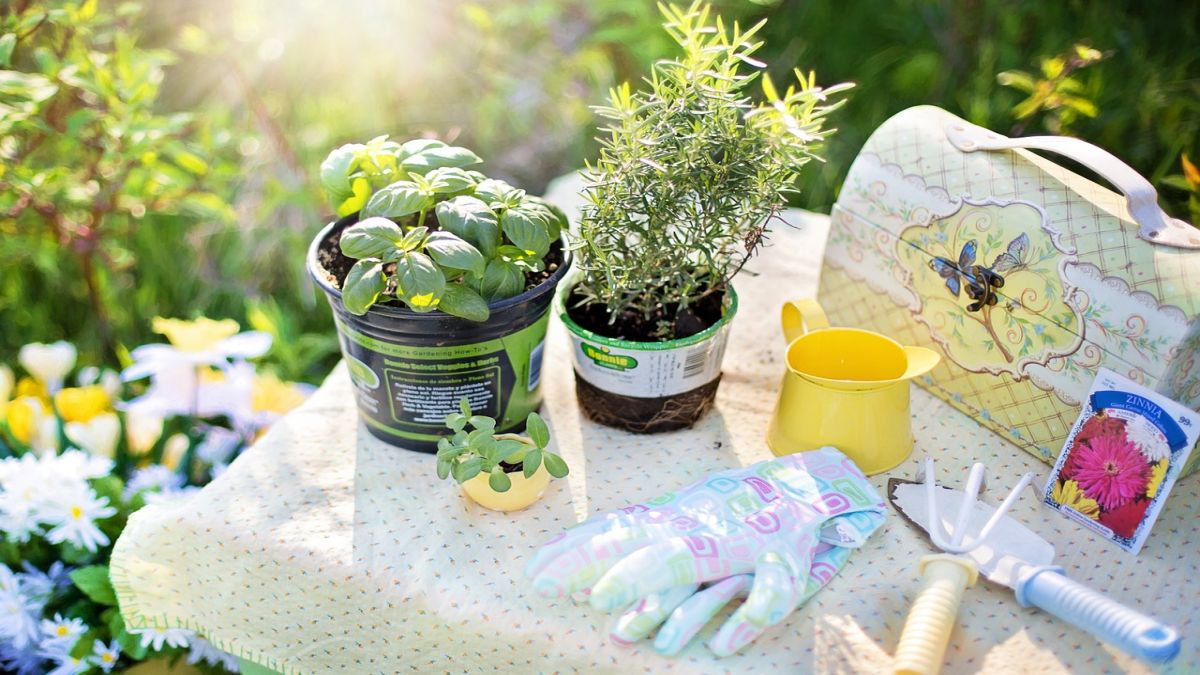
-
- Superfood Plants to Grow for Boosting the Nutrition in Your Homemade Beverages and Meals
- By Molly Joshi 22 May,2024
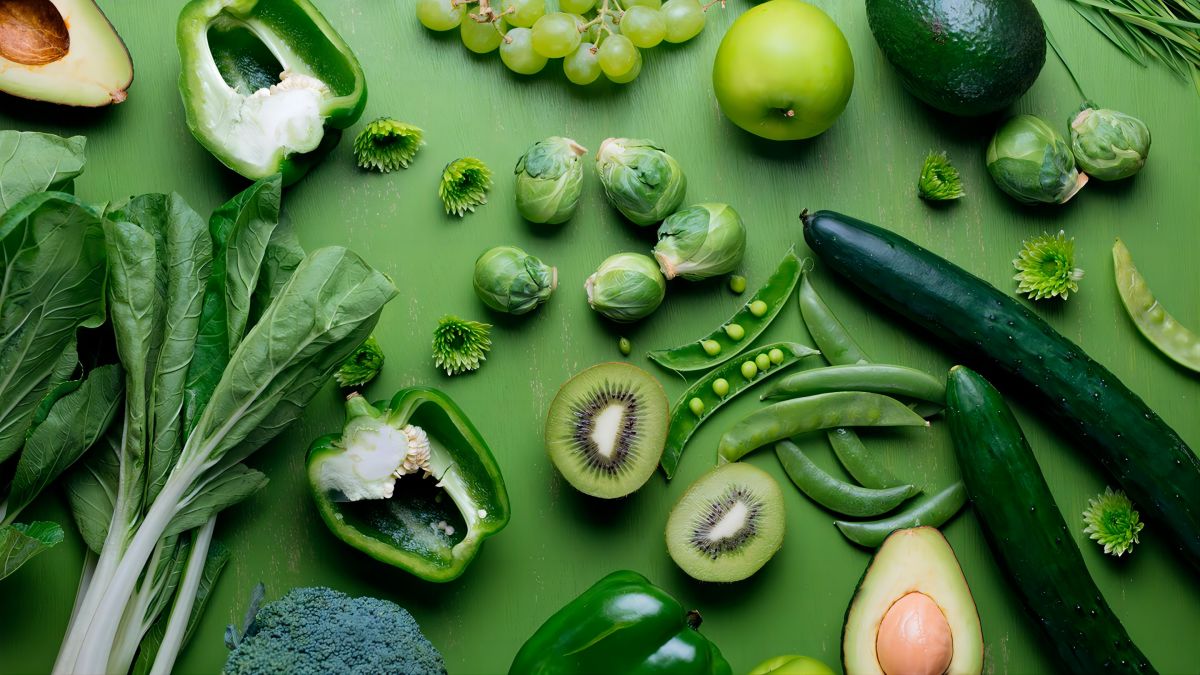
-
- How to Use Plants to Control Aphids
- By Prodosh Kundu 16 Jul,2024
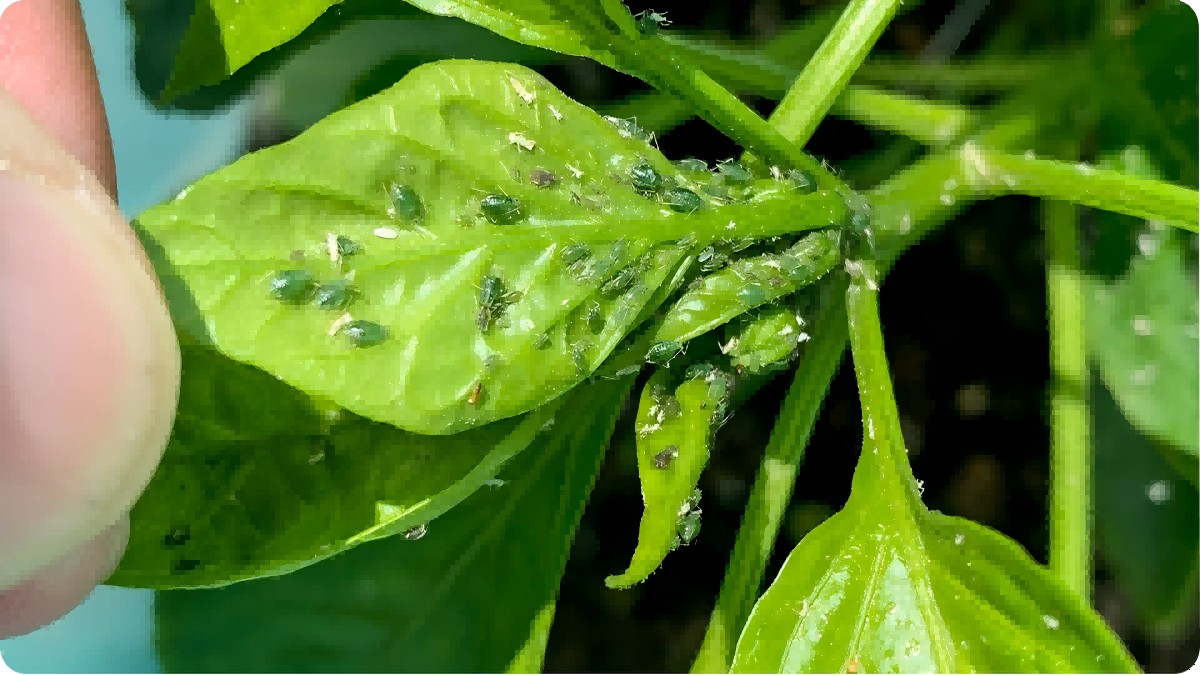
-
- The Flower Fanatic's Handbook: How to Plant, Grow, and Maintain a Flourishing Flower Garden
- By Molly Joshi 22 May,2024
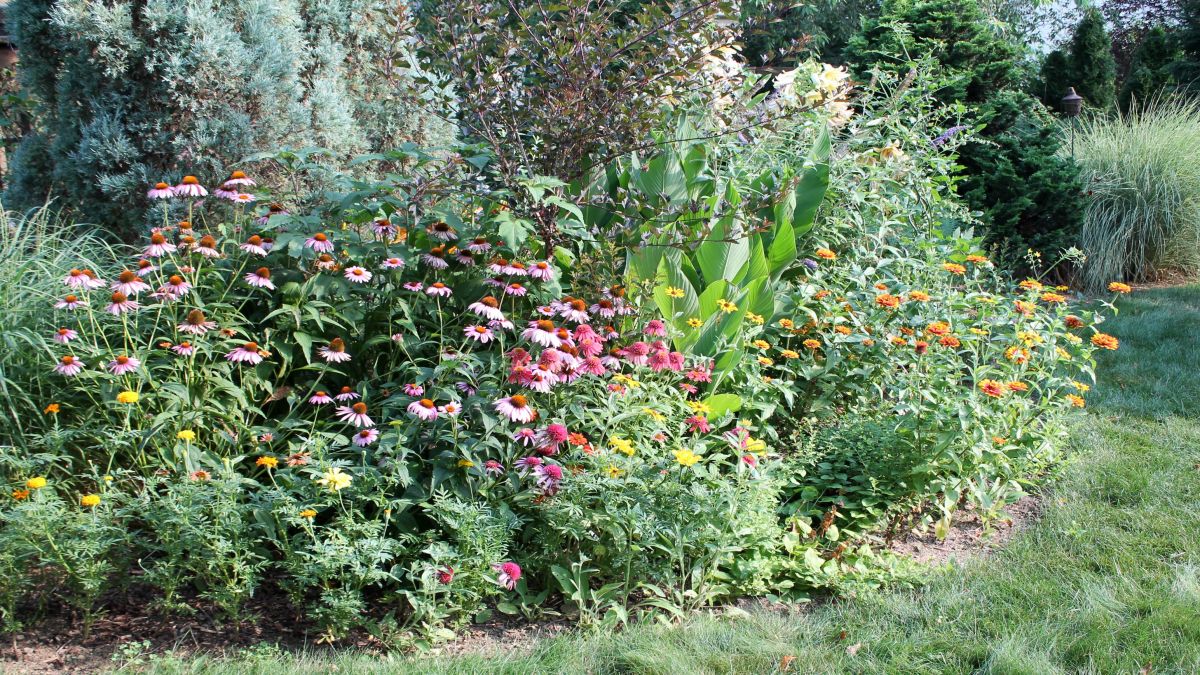
-
- 10 Unique Indoor Garden Designs to Elevate Your Living Space
- By Molly Joshi 22 May,2024

-
- Diving into Hydroponics: Essential Principles and Factors to Consider
- By Molly Joshi 22 May,2024
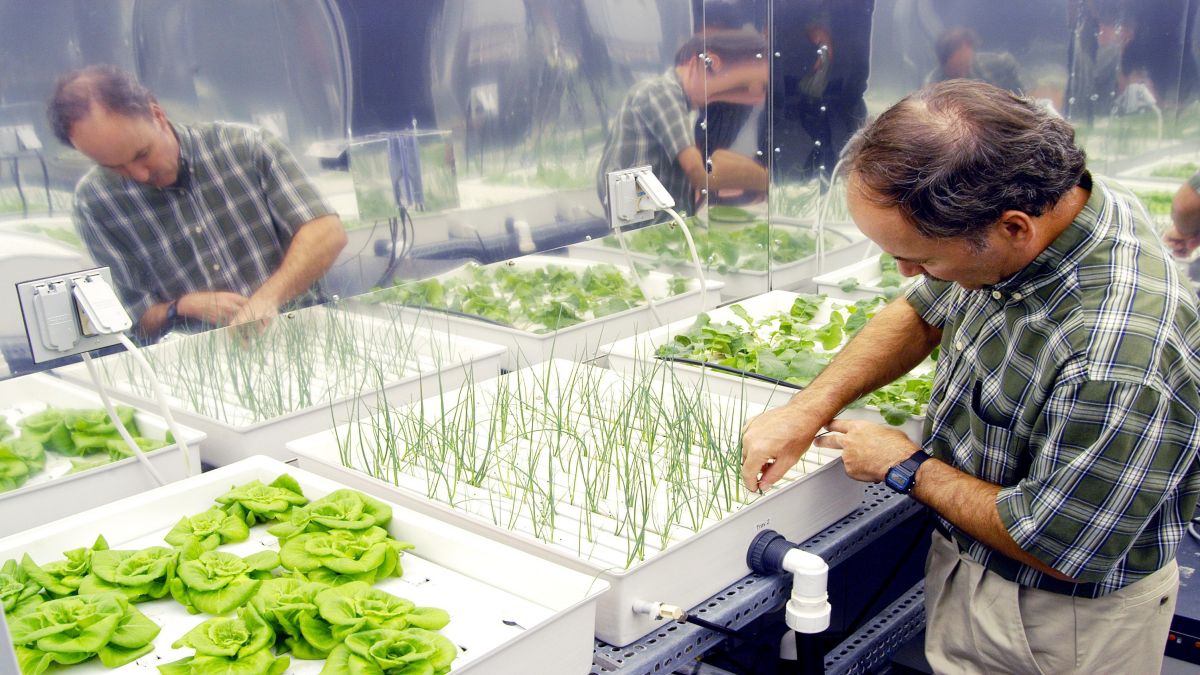
-
- In-Depth Guide to Selecting, Planting, and Maintaining Backyard Orchard Fruit Trees
- By Prodosh Kundu 03 Jun,2024
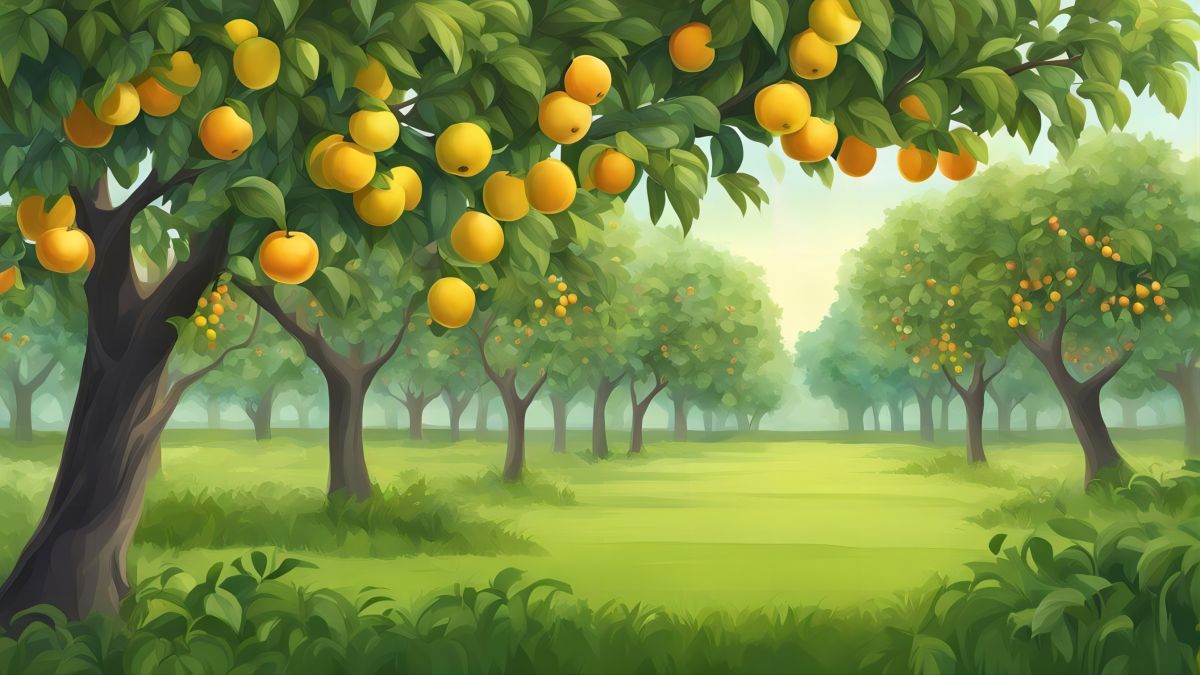
-
- Garden Harmony: Choosing the Right Plants for Your Perfect Oasis
- By Molly Joshi 22 May,2024

-
- Organic Gardening's Best Kept Secret: The Power of Biological Control
- By Molly Joshi 16 May,2024
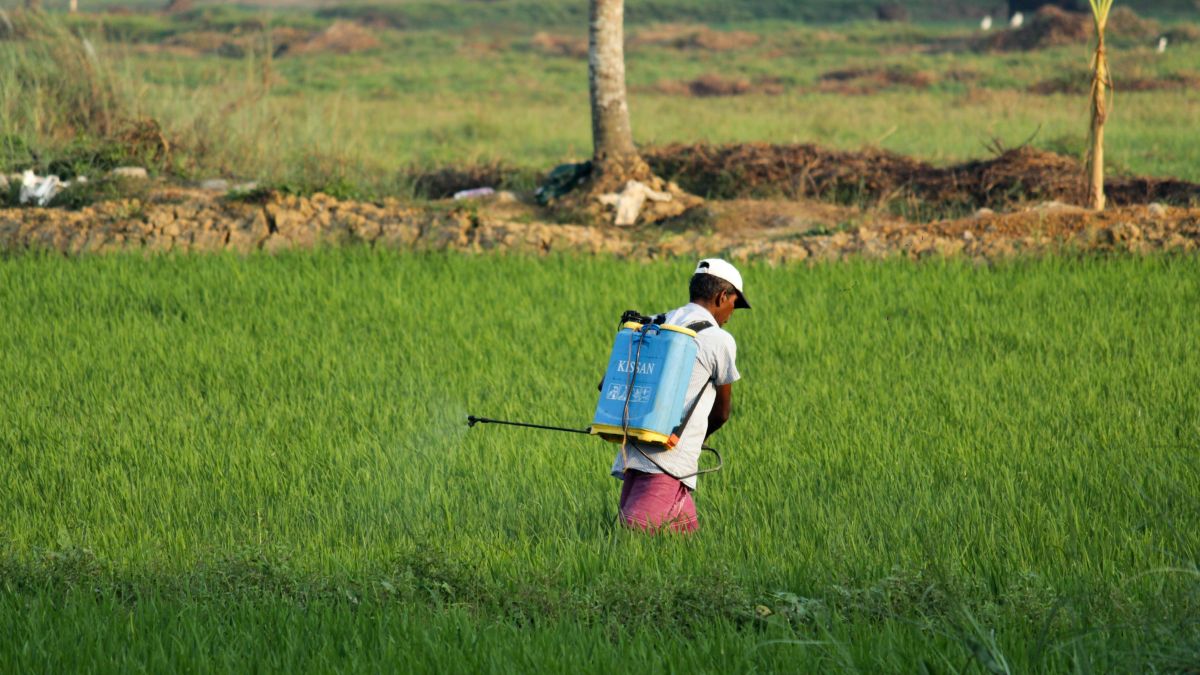
 1
1 1
1